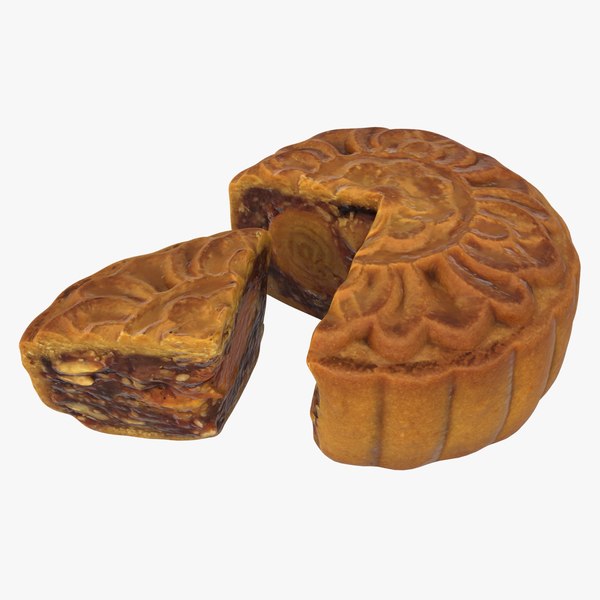What Is Billiards - Are You Prepared For A good Thing?
페이지 정보
작성자 Jade 댓글 0건 조회 11회 작성일 24-07-16 20:23본문
A variety of game modes allow players to compete against one another in head-to-head duels or work together on the same screen. In mathematical billiards the ball bounces around according to the same rules as in ordinary billiards, but it has no mass, which means there is no friction. Each time the ball passes through one of the foci, what is billiards it reflects off the elliptical table and passes through the other focus. To prove our claims above, we are going to exploit this simple idea, the mirror being one side of the billiard table. Interestingly, what we get is an elliptical caustic curve that shares the same foci as the elliptical table, and so these are confocal ellipses. In this case we get a confocal hyperbola, which is really interesting. If you then slide the pencil while keeping the string tight, then the shape that you get is an ellipse. 1. If one of the two given numbers is a multiple of the other, what is the shape of the arithmetic billiard path? The branch of fractal mathematics, pioneered by the French American mathematician Benoît Mandelbröt, allows us to come to grips with the preferred behaviour of this system, even as the incredibly intricate shape of the attractor prevents us from predicting exactly how the system will evolve once it reaches it.

Everyone will be able to play the game and have a good time with the many different types of games that are included in it because the instructions for playing the game are clear and easy to understand. While some of these features can be defeated with conventional picking tools and are covered here, picking high security locks generally requires specialized tools and techniques (often designed for a specific brand or model of lock) and are beyond our scope here. A detailed introduction to locks is well beyond the scope of this document; we assume here that you already understand, or have access to, the basic principles. Many of the principles can be applied to other keyed lock types, although sometimes the techniques and tools must be adapted. Mechanical locks (and techniques for defeating them) are inherently interesting to many scientists, engineers, and others, and an understanding of the principles for evaluating and techniques for attacking locks, in addition to being useful in its own right, can provide subtle insight into security more generally. The two natural numbers are 40 and 15 in this case. One fascinating aspect of mathematical billiards is that it gives us a geometrical method to determine the least common multiple and the greatest common divisor of two natural numbers.
Scaling up the picture from the previous example by a factor of 3 then gives us this picture. If you’re familiar with Fermat’s principle of least time, then you can directly apply it here but with a billiard ball instead of light rays. You can visualise it like this: put a loop of string around pins located at the foci, then pull the string taut at one point using a pencil. Eventually, you'll reach a point where the plug will turn ever so slightly and the pin will not go up any farther. A chaotic system will also move predictably towards its attractor in phase space - but instead of points or simple loops, we see "strange attractors" appear - complex and beautiful shapes (known as fractals) that twist and turn, intricately detailed at all possible scales. What happens if when you hit the billiard ball, it passes through one of the focus points of the elliptical table? Notice that three points are aligned: the point marking your position, the point on the mirror where you see the reflection of the object and the (imaginary) point behind the mirror where you believe the object to be. There are many ways to attack this problem, some of which are heftier than others (coordinate geometry!).
But why stop there? This poses the question: why does this happen? Have a look at the Geogebra animation below (the play button is in the bottom left corner) and try to figure out how the construction works. Criminals generally prefer either procuring a key or forced entry for speed, certainty, and stealth, notwithstanding whatever property damage or evidence is left behind. Not all locks use a physical key. The numbers on the front of the practice locks indicate the keying codes, from the front-most pin stack to the rear-most. Like when, in Vietnam, they put prisoners of war in front of blank walls. If you would like to play the animation again, double click the refresh button in the top right corner. These millions of cells must work in sync, contracting in just the right sequence at just the right time to produce a healthy heartbeat. But we know from the aforementioned definition of the ellipse that any such path must have exactly the same length!
댓글목록
등록된 댓글이 없습니다.